In the realm of artistic expression, the interplay between lamp black and ivory black stands as a captivating enigma, a yin and yang of pigments that hold the power to transform the mere canvas into mesmerizing tales.
As creatives, we embark on a journey to unearth the mysteries that lie within these depths of dark allure. In this captivating exploration, we dive into the depths of these pigments, igniting a symphony of contrasts, challenging norms, and steering our artistic ship toward uncharted waters.
So, brace yourselves, dear creators, for we are about to unlock the secrets behind the compelling saga of lamp black vs ivory black —a tale of hues, histories, and the heart of artistic expression.
What is Lamp Black?
Lamp Black, a classic carbon-based pigment, traces its roots back to ancient times. It’s derived from the incomplete combustion of organic materials like oils or resins, resulting in finely dispersed carbon particles.
The intricate process of creating Lamp Black involves collecting soot produced by burning these organic materials. The soot is then carefully processed to produce a pigment that offers unique qualities to artistic endeavors.
Lamp Black’s velvety texture and deep, cool tones make it a go-to choice for shading, depth and contrast in various artistic styles. Its versatility allows artists to harness its essence across different mediums and applications.
What is Ivory Black?
Contrary to its name, Ivory Black is no longer sourced from ivory. It has its origins in charred animal bones, primarily those of cattle. This evolution in sourcing is a testament to the changing ethical and environmental considerations in art materials.
Ivory Black is celebrated for its unique qualities, offering artists a cooler and slightly bluish undertone compared to Mars Black.
The advantages of Ivory Black lie in its transparency and its ability to produce subtle variations and delicate tones. This makes it ideal for achieving soft transitions and atmospheric effects, especially in watercolor and ink artworks.
Lamp Black vs Ivory Black: Comparison in Art
When it comes to black pigments, the nuances in their visual properties can dramatically influence the outcome of an artwork.
Let’s take a closer look at how lamp black and ivory black stand apart and intertwine, shaping the world of art through their unique characteristics:
Grasping the Undertones
Lamp Black and Ivory Black reveal their individuality through their undertones. Lamp Black showcases a cool, slightly bluish tint that brings a sense of calmness and distance to an artwork. This undertone lends itself beautifully to creating atmospheric effects and capturing serene landscapes.
On the other hand, Ivory Black exhibits warm, brown undertones that imbue a sense of depth and richness. It adds a touch of intimacy and immediate presence to the subjects, making them stand out vividly against the canvas.
Depth and Intensity
The depth and intensity that Lamp Black and Ivory Black bring to the table are distinctly captivating. Lamp Black’s cool undertones contribute to a sense of depth by visually pushing objects further away, creating a sense of space and perspective.
Ivory Black’s warmth, on the other hand, draws objects in, adding volume and a strong visual impact. This contrast in depth and intensity allows artists to play with the spatial arrangement of their compositions, invoking different emotional responses from the viewers.
Visual Effects
The divergent undertones of Lamp Black and Ivory Black enable artists to manipulate visual effects in their creations. Lamp Black’s coolness creates a sense of distance and detachment, evoking a calm and serene atmosphere.
On the other hand, Ivory Black’s warmth brings objects closer, fostering a sense of intimacy and immediacy within the artwork. These visual effects offer artists a broad spectrum of emotional resonance, allowing them to choose the perfect pigment to match their artistic intention.
Interplay with Other Colors
The dynamic interplay of Lamp Black and Ivory Black with other colors is a realm of endless creativity. Lamp Black’s cooler undertones lend a crispness to mixed hues, often resulting in vibrant contrasts. It can elevate the luminosity of colors like blues and greens, creating a visually striking composition.
In contrast, Ivory Black’s warmer undertones imbue mixed colors with subtlety and complexity. It enriches the tonal range of colors, offering depth and nuance that adds sophistication to the artwork.
The choice between Lamp Black and Ivory Black in mixing depends on the desired effect – bold contrast or layered subtlety.
Lightfastness and Permanence
One of the key factors in assessing the quality of pigments is their lightfastness and permanence. Lamp Black, owing to its carbon-based nature, exhibits strong stability over time.
However, its longevity can be influenced by factors such as the medium it’s used with and the conditions of display.
Ivory Black, while historically sourced from animal bones, is now synthesized using alternative materials. This modern approach ensures its lightfastness and endurance, allowing artworks to retain their intended visual impact for generations.
Best Uses of Lamp Black
Lamp Black, a timeless carbon-based pigment, is an artist’s staple that enriches a variety of mediums and styles. Discover its finest applications to infuse depth, contrast, and drama into your artwork-
- Sketches with Impact: Lamp Black’s intense opacity and deep hue enhance sketches, emphasizing forms and shadows. Ideal for pencils, charcoal, or ink, it adds boldness to your compositions.

- Building Atmospheric Landscapes: When it comes to landscape painting, Lamp Black shines in portraying atmospheric effects. Its cool undertones lend a sense of distance and depth to landscapes, allowing you to effortlessly depict misty mountains, fading horizons, and dreamy seascapes.
By using Lamp Black in varying degrees of dilution, you can achieve stunning gradients that capture the ethereal beauty of nature.
- Enhancing Architectural Details: In architectural drawings and paintings, Lamp Black’s ability to create clean, defined lines and sharp edges is unparalleled.
It’s an excellent pigment for delineating intricate architectural details, such as the lines of a building’s facade, the beams of a bridge, or the ornate features of a historical monument.

- Adding Drama to Portraits: Portraiture benefits from the striking impact of Lamp Black. When used judiciously, this pigment can intensify the shadows on a subject’s face, enhancing the three-dimensional aspect and imbuing the portrait with a captivating sense of realism.
By carefully blending Lamp Black with warmer tones, you can create a lifelike balance between light and shadow.
- Expressive Calligraphy and Lettering: Lamp Black’s rich hue enhances calligraphy and lettering. Fluid consistency and deep tones create bold strokes and intricate designs.
Whether you’re aiming for a classic, elegant style or a contemporary, expressive look, Lamp Black provides the versatility needed for a range of calligraphic expressions.
- Dramatic Monochromatic Artworks: Lamp Black is perfect for striking monochromatic artworks. Play with contrast to captivate attention and evoke emotions through tone variations.
Best Uses of Ivory Black
Ivory Black, a pigment steeped in history, imparts artworks with a unique blend of warmth and depth. Its rich black hue and distinctive undertones have captivated artists for generations.
Here are some of its key applications that enhance visual storytelling and elevate creative expressions-
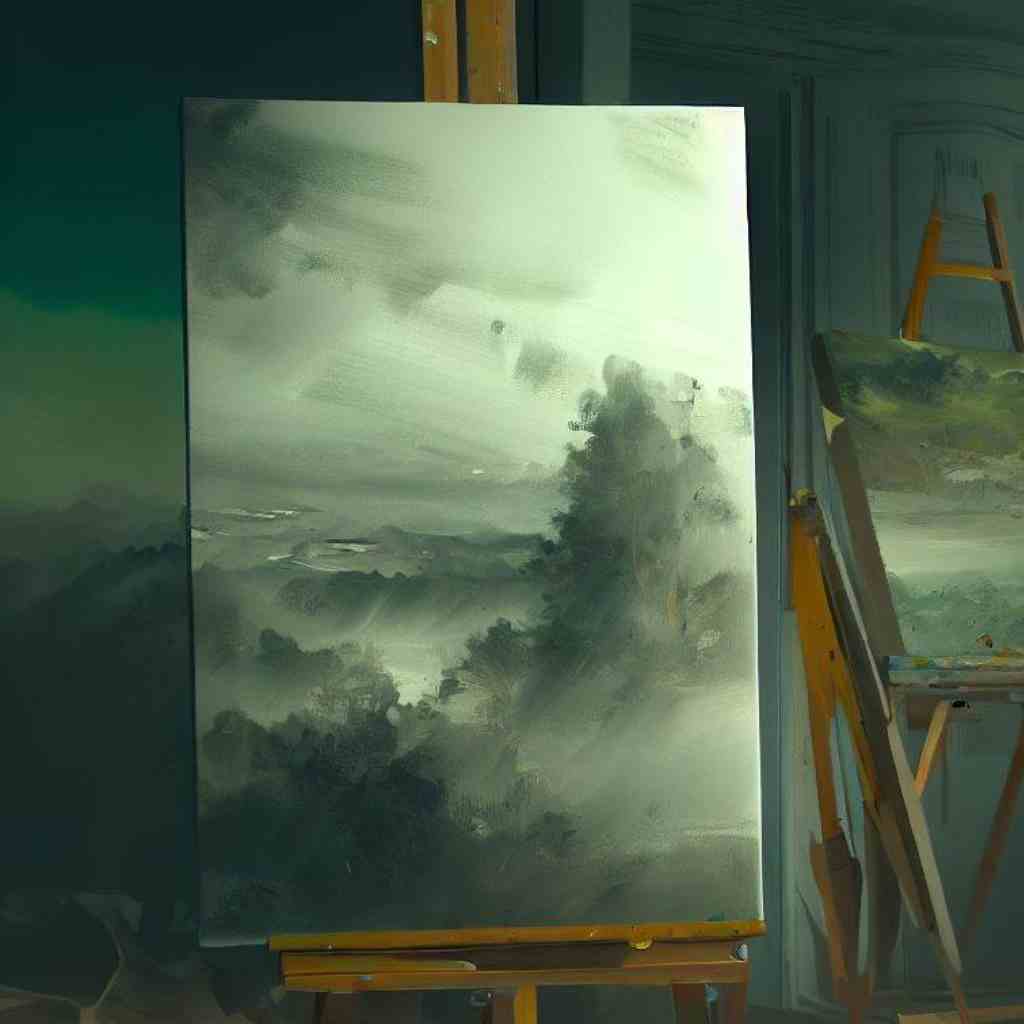
- Dramatic Landscapes: Ideal for dramatic landscapes, Ivory Black’s deep richness adds mystery to night scenes and intensity to skies. The pigment’s warmth creates a captivating contrast against serene natural backdrops.
- Achieving Subtle Variations and Delicate Tones: The exceptional transparency of Ivory Black makes it an unparalleled choice for achieving subtle gradations and delicate tones.
Artists can skillfully manipulate the dilution of Ivory Black to create gentle washes, lending a sense of airiness and ethereality to their works. This property makes Ivory Black ideal for rendering soft transitions and atmospheric effects in watercolor and ink artworks.
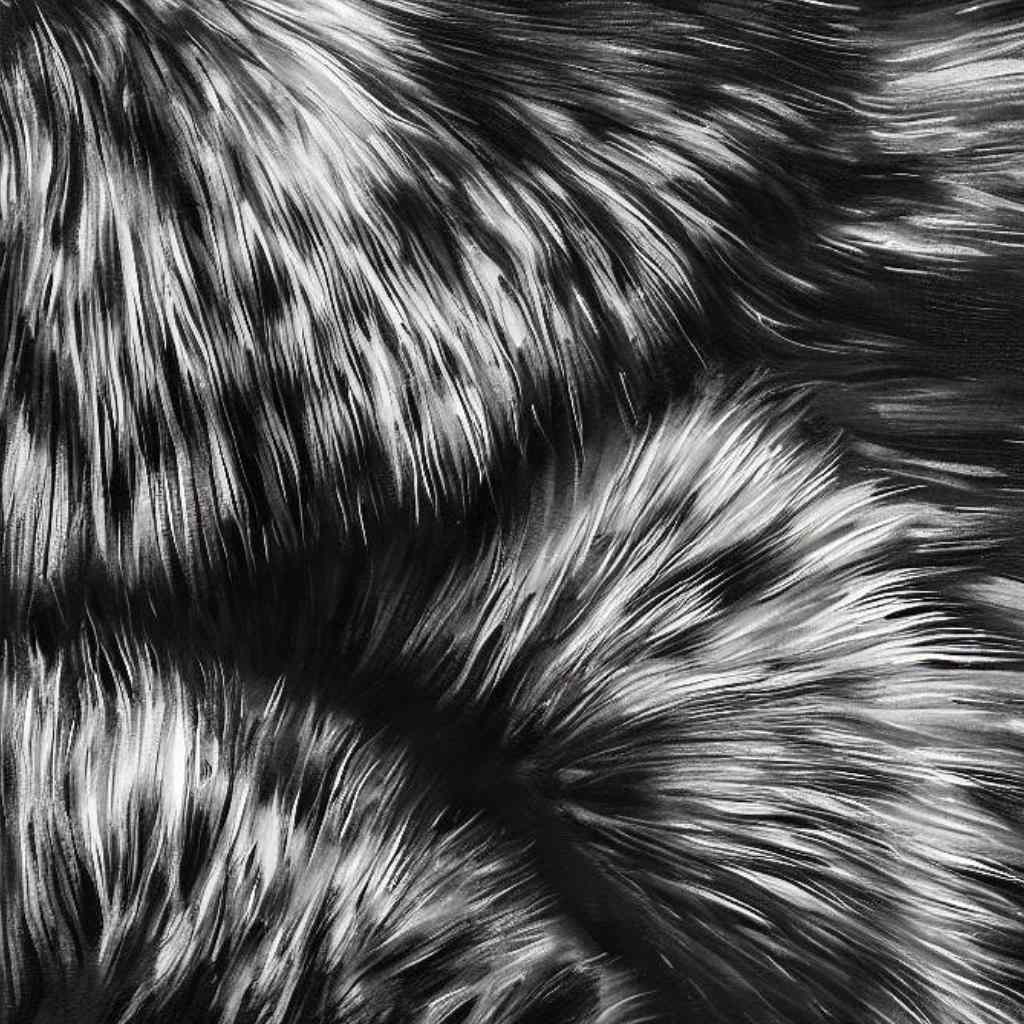
- Portraying Textures, Fur, and Atmospheric Effects: The ability of Ivory Black to achieve delicate tones extends to the portrayal of textures and atmospheric effects.
In artworks depicting fur, fabrics, or intricate surfaces, Ivory Black excels in capturing fine details and subtle nuances. It gracefully imbues these elements with a sense of realism and tactile depth, elevating the visual experience for the viewer.
- Complementary Colors with Ivory Black: Understanding color theory is crucial when working with Ivory Black to harmonize its cool undertones with other colors.
Pairing Ivory Black with earthy tones and pastel hues cultivates a sense of balance and sophistication in the artwork. The careful selection of complementary colors enriches the artistic expression and visual impact of the composition.
- Crafting Rich Textures in Mixed Media: Ivory Black’s versatility extends to mixed media artworks, where it can be used to create rich textures and contrasts.
Its warm undertones can be utilized to build layers of depth, adding complexity and visual interest to the piece. Whether applied with a brush, palette knife, or even fingers, Ivory Black integrates seamlessly into various mixed media techniques.
FAQs
- Can lamp black or ivory black be used for tinting?
While these pigments are primarily used for darkening colors, they can be used for tinting in minimal amounts. However, due to their strong tinting strength, caution is advised when adding them to lighter colors.
- Can I create my own Lamp Black or Ivory Black pigment?
Creating your own Lamp Black by collecting soot or making Ivory Black from charred bones is possible, but it can be challenging and requires proper equipment and safety precautions. Artists often find it more convenient to purchase these pigments from reputable suppliers.
- Can you mix Lamp Black and Ivory Black together?
Yes, you can mix Lamp Black and Ivory Black together to achieve a balance between their properties. Experimenting with different ratios can yield unique results that combine the warmth of Ivory Black with the coolness of Lamp Black.
Wrapping Up
As our journey through the captivating realms of lamp black and ivory black draws to a close, we stand at the crossroads of creative decisions, armed with newfound insights and a richer appreciation for the dance of pigments on canvas.
In this intricate tapestry of artistic expression, we’ve delved into the nuances of these pigments, exploring their histories, caressing their subtleties, and witnessing their transformative magic.
The final strokes on this canvas of knowledge leave us with an enduring truth: the heart of artistry lies in the masterful orchestration of shades and hues, inviting us to wield the power of lamp black vs ivory black as both tools and companions on our boundless voyage of creativity.

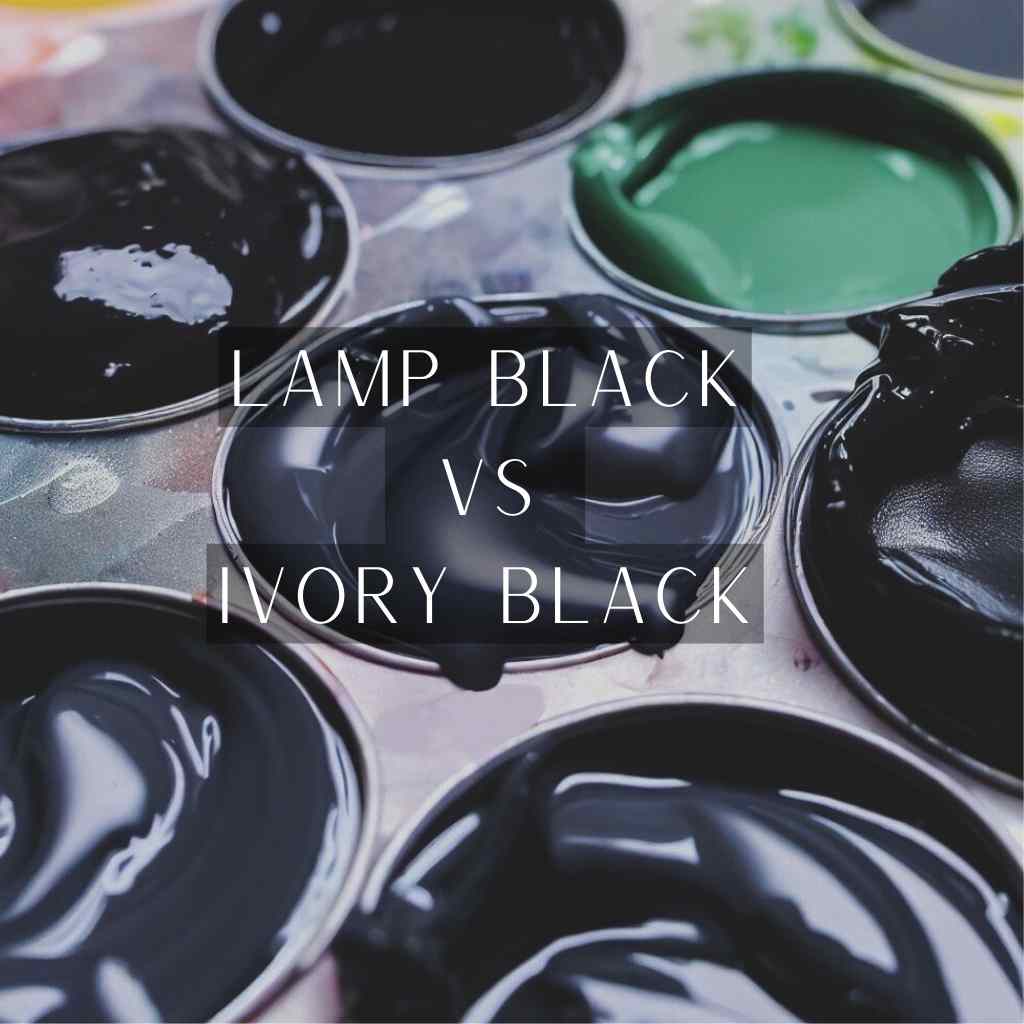
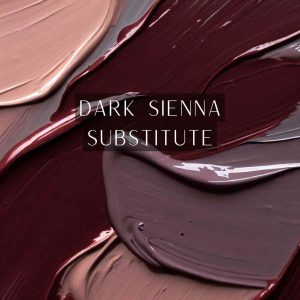
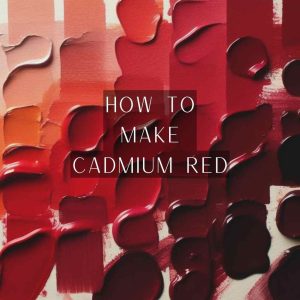

Hi! Sorry i just curious, what template did you use for your website? I want to use it on my website at https://www.gdiz.eu.org